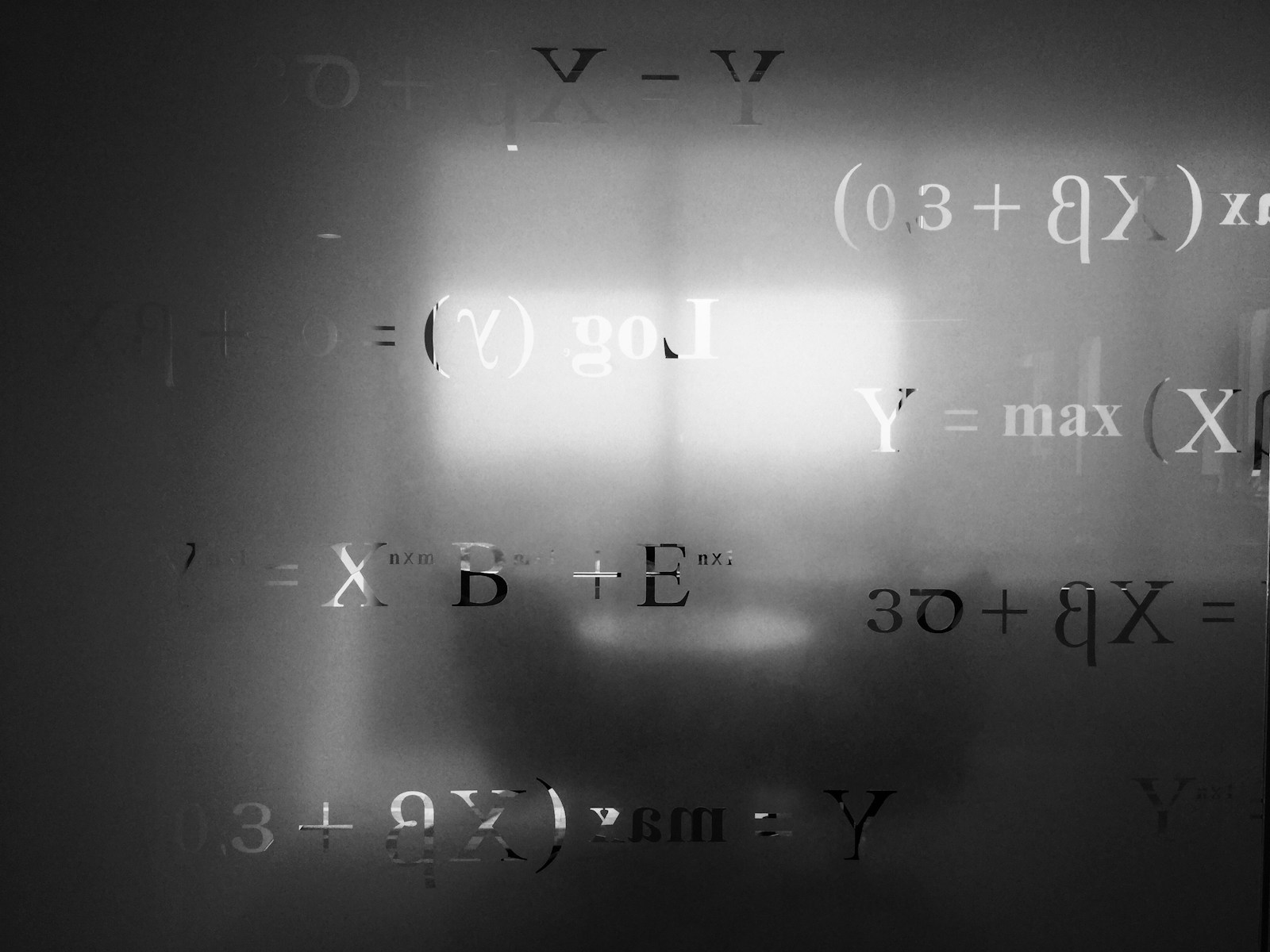Introduction
Mathematics is often viewed through the lens of engineering and science, but what about those who tread paths less quantitatively rigorous? Liberal arts math provides an engaging alternative, tailored for students outside the STEM fields. This article delves into what liberal arts math entails, highlighting its relevance and value in a liberal arts education.
Curriculum Overview:
Unlike the typical focus on calculus and algebra in standard math courses, liberal arts math covers a diverse array of topics designed to apply mathematical thinking to real-world scenarios. Students might explore the logic of compound interest, the unpredictability of statistics, or the fairness of voting systems. These subjects not only make math accessible but also demonstrate its applicability beyond the confines of traditional disciplines.
Importance of Liberal Arts Math
For students in the humanities and social sciences, liberal arts math offers a foundation in critical quantitative skills that are crucial in data-driven fields. It fosters a numeracy that empowers students to make informed decisions and engage critically with statistical information, enhancing their competencies across various disciplines.
Teaching Approaches
Liberal arts math often involves teaching methods that prioritize understanding over rote memorization. Instructors may employ case studies, collaborative projects, and technology to connect mathematical concepts to students’ everyday lives and interests. This approach not only demystifies mathematics but also makes it a more interactive and impactful learning experience.
Impact on Students
Many students discover a new appreciation for math through these courses. For instance, a project on statistical analysis might illuminate the dynamics of election polls, transforming abstract numbers into impactful, comprehensible data. Such realizations underscore the relevance of math in societal and personal decision-making.
Challenges and Solutions
One significant challenge is overcoming math anxiety, common among liberal arts students. Educators can address this by fostering a supportive classroom environment that encourages questions and emphasizes learning from mistakes. Furthermore, integrating technology like mathematical software can provide hands-on learning experiences that reinforce theoretical concepts.
The Future of Liberal Arts Math
As education evolves, liberal arts math continues to adapt, integrating new learning tools and addressing emerging societal issues through a mathematical lens. The future may see an even greater emphasis on data literacy, preparing students to navigate the complexities of a data-rich world.
Conclusion
Liberal arts math demystifies mathematics for non-STEM majors by linking it to real-life contexts and broader intellectual pursuits. It equips students with essential skills, preparing them to navigate a world where data and numbers increasingly influence every aspect of our lives. Through this exploration, liberal arts math proves itself as a vital component of a well-rounded education.
